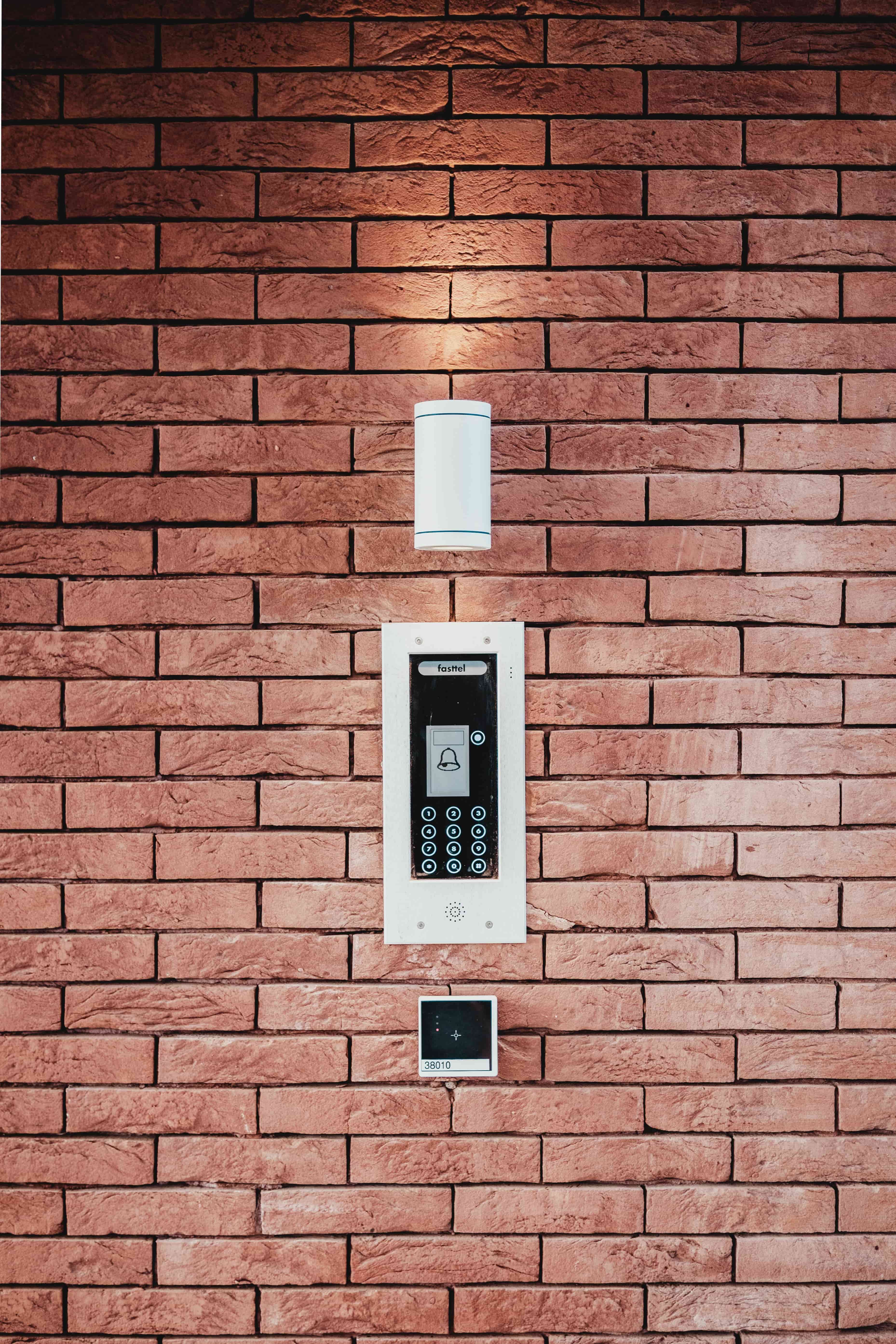Chapter 1: Introduction to Intruder Alarm Systems
Intruder alarm systems, often referred to as security alarm systems, are electronic devices designed to protect premises from unauthorized access and intrusion. They are a fundamental component of physical security and serve as a deterrent to potential burglars or trespassers. These systems are widely used in residential, commercial, and industrial settings to protect property, assets, and, most importantly, people.
Chapter 2: Key Components of an Intruder Alarm System
Understanding the essential components of an intruder alarm system is crucial for making informed decisions about installation and maintenance:
Control Panel:
The brain of the system, responsible for processing sensor inputs, activating alarms, and communicating with monitoring centers or users.
Sensors:
These devices detect intrusion and can include door/window contacts, motion detectors, glass break detectors, and pressure mats.
Keypad/Control Panel Interface:
Allows users to arm, disarm, and configure the system. Keypads are typically installed at entry points.
Sirens and Alarm Devices:
Audible and visual alarms that activate when an intrusion is detected, alerting occupants and potentially scaring off intruders.
Communication Devices:
These enable the system to send alerts to users, monitoring centers, or emergency services. Options include landline, cellular, and internet-based communication.
Backup Power Supply:
Ensures the system remains operational during power outages, typically provided by batteries or generators.
Chapter 3: Types of Intruder Alarm Systems
Intruder alarm systems come in various types, each designed to meet specific security needs:
Bells-Only Alarms:
These systems activate sirens and lights to alert nearby residents or passersby when an intrusion occurs. They rely on the hope that the noise will deter intruders or prompt neighbors to call the police.
Monitored Alarms:
Monitored systems connect to a central monitoring station that can dispatch authorities or notify keyholders in the event of an alarm. This adds an additional layer of security and ensures a faster response.
Wireless Alarms:
These systems use wireless sensors and communication to connect components, making installation easier and more flexible. They are an excellent option for retrofitting existing buildings.
Smart Intruder Alarms:
Leveraging the Internet of Things (IoT), smart alarm systems offer remote control and monitoring through mobile apps. Users can receive alerts and arm/disarm the system remotely.
Pet-Friendly Alarms:
Motion detectors can be adjusted to ignore the movement of small pets, reducing false alarms in homes with animals.
Chapter 4: Installation and Setup
Proper installation and setup are critical to the effectiveness of an intruder alarm system:
Assessment:
A security professional assesses your property to determine the best locations for sensors and control panel placement.
Wiring:
Wired systems require careful installation of cables, while wireless systems offer more flexibility.
Programming:
The control panel is programmed to meet your specific security needs, including entry and exit delays.
Testing:
The system is thoroughly tested to ensure all components function correctly, and users are trained on its operation.
Chapter 5: Monitoring Services
Monitoring services enhance the effectiveness of intruder alarm systems:
Central Monitoring:
A central monitoring station receives alerts from your system and can dispatch emergency services as needed.
Self-Monitoring:
Some systems allow you to monitor your alarms through a mobile app, enabling you to take action or contact authorities directly.
Keyholder Response:
In cases of alarm activation, keyholders or security personnel can be notified to assess the situation.
Chapter 6: Maintaining Your Intruder Alarm System
Regular maintenance is crucial to ensure the reliability of your intruder alarm system:
Scheduled Inspections:
Periodic inspections by professionals help identify and address issues before they become critical.
Battery Replacement:
Batteries in sensors and the backup power supply should be replaced according to the manufacturer's recommendations.
Software Updates:
Keep the system's firmware and software up to date to protect against vulnerabilities.
Chapter 7: False Alarms and Prevention
False alarms can be a nuisance and may lead to fines in some areas. Learn how to prevent them:
Proper Sensor Placement:
Ensure sensors are installed correctly to avoid false triggers.
User Training:
Educate users on how to use the system to minimize false alarms caused by user error.
Regular Maintenance:
Well-maintained systems are less likely to produce false alarms.
Chapter 8: Legal Considerations
Understanding local and national laws and regulations regarding intruder alarm systems is crucial. Familiarize yourself with issues such as noise ordinances, permits, and privacy laws.
Chapter 9: Conclusion
Intruder alarm systems are a fundamental tool for protecting your property and loved ones. By understanding the components, types, and best practices for installation and maintenance, you can make informed decisions to ensure the security of your home or business. Whether you choose a bells-only system or a smart intruder alarm, the peace of mind and security these systems offer are invaluable in an increasingly uncertain world. Stay safe, stay secure, and protect what matters most.










